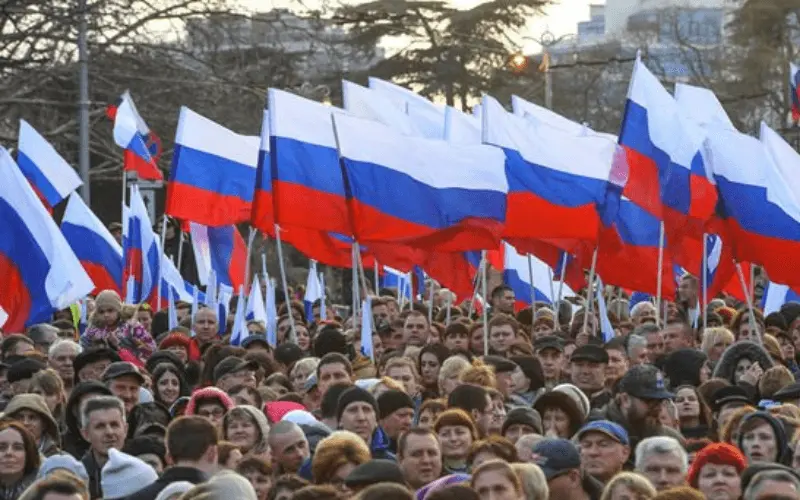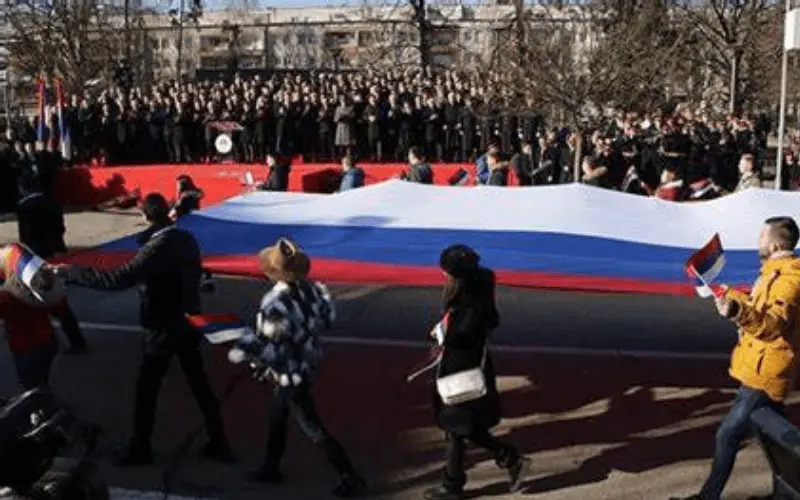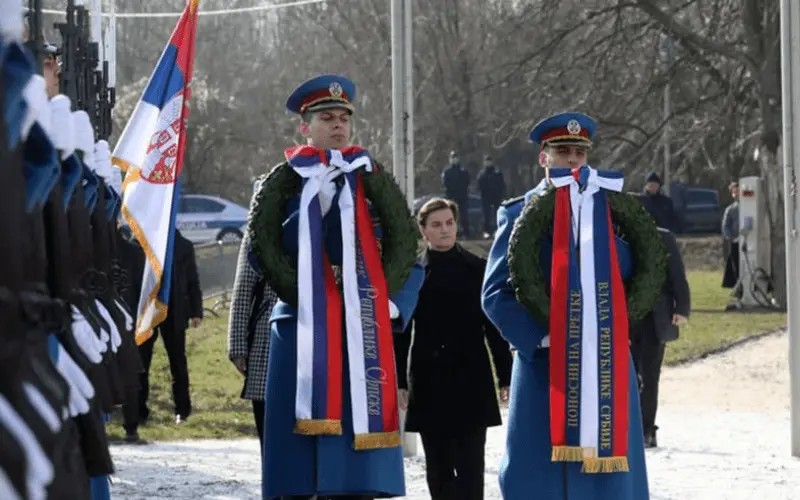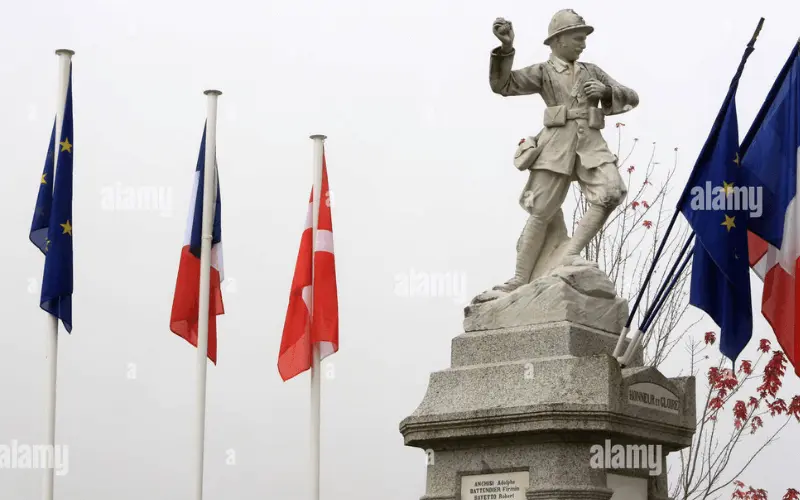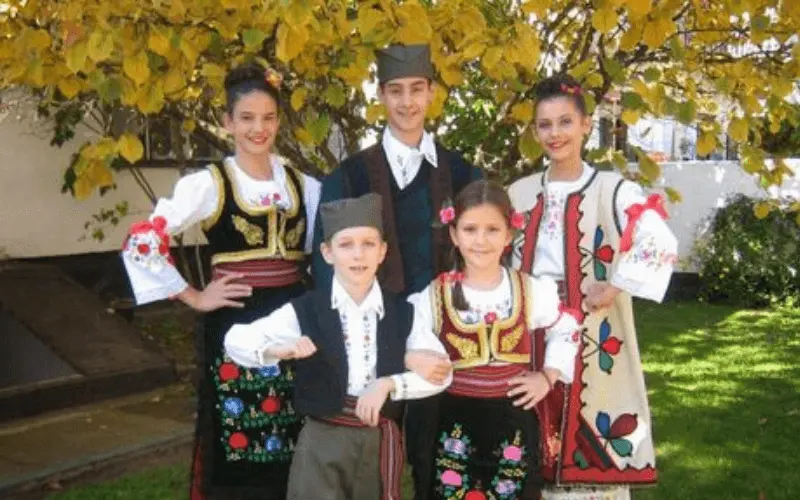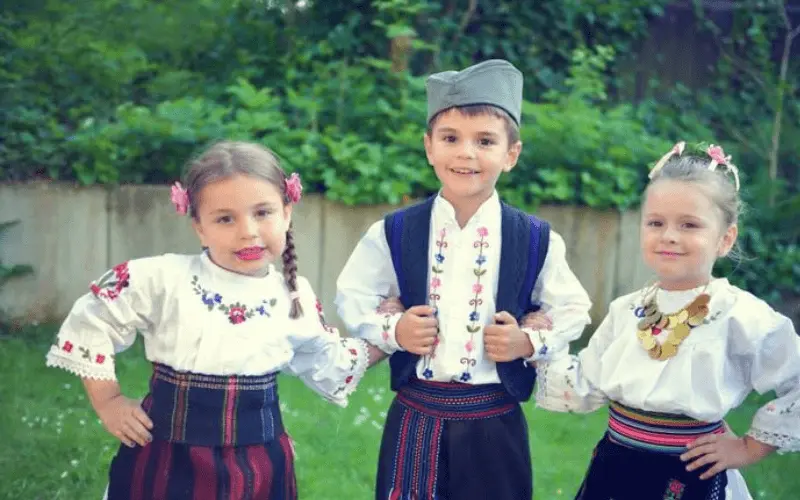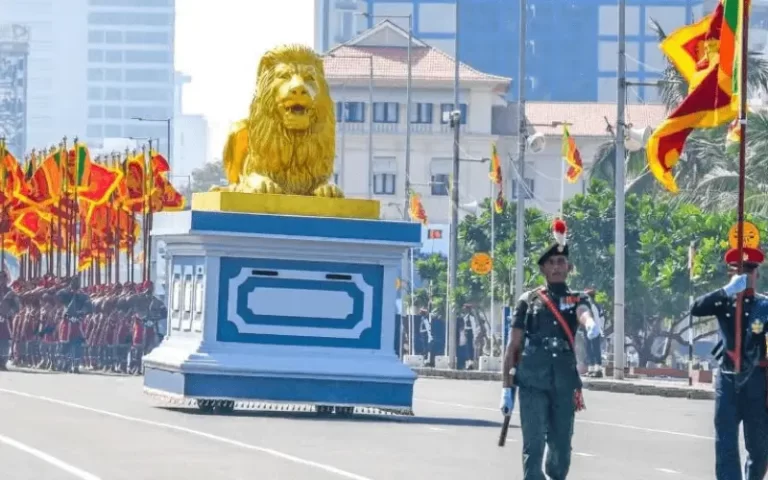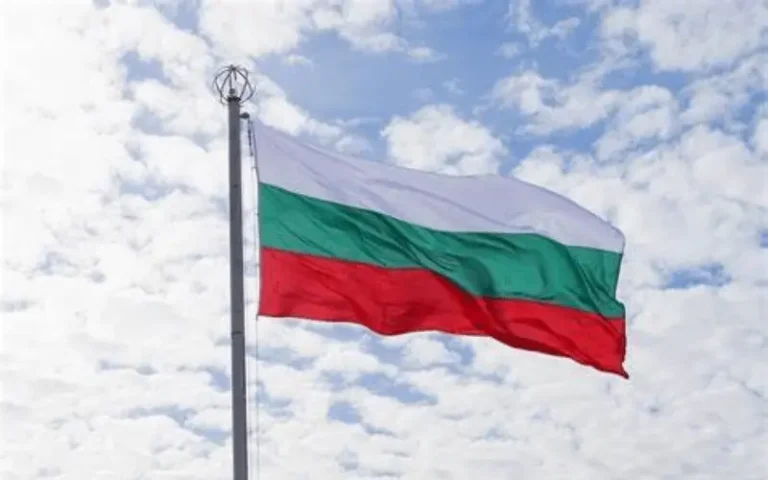Serbia Statehood Day (Everything You Need To Know About Serbia National Day)
Statehood Day, also known as Serbia National Day or Sretenje, is a special time for Serbia. It celebrates when Serbia made its first rule in 1835, showing how strong and determined our country is.
In this article, you’ll discover why Serbia’s National Day is so important. We’ll explore how it all began and what we do to celebrate today. Come along as we uncover interesting facts about Serbia and the dates when it will be celebrated.
Stay tuned to know all about Serbia National Day.
What is Serbia Statehood Day?

Serbia Statehood Day is a significant commemoration spread over two days. It honors the crucial 1804 Serbian uprising, which sparked a revolution against Ottoman rule. This pivotal event led Serbia to gain independence from the Ottoman Empire and marked the path toward signing its inaugural constitution in 1835. It stands as a testament to Serbia’s historic pursuit of freedom and self-rule.
History Serbia Statehood Day

To commemorate the outbreak of the First Serbian Uprising in 1804, which evolved into the Serbian Revolution against Ottoman rule, here’s a succinct historical timeline:
In the mid-15th century, modern Serbia came under Ottoman Empire control, occasionally under Austrian and Hapsburg influence. Fast forward to January 1804, under Dahija’s control, a brutal event called the ‘Slaughter of the Dukes’ occurred, leading to the uprising on February 14th.
Initially supported by the Ottoman Sultan, the uprising escalated due to Serbians seeking more autonomy. This quest for independence led to Ottoman military suppression and subsequent Serbian self-defense, forming their government by 1805.
However, following the Russo-Turkish War in 1813, the Ottoman Empire regained control of Serbia. Yet, a subsequent uprising from 1815 to 1817 saw Serbia transforming into a Principality.
On February 15th, 1835, the Principality adopted the Balkan region’s first Constitution in Kragujevac, a significant step towards autonomy. Crafted by Dimitrije Davidović, it established a Serbian Parliament and abolished feudalism and serfdom. Despite its short duration, the Constitution left an enduring mark on Serbia’s journey toward self-governance.
What symbolism does the Serbian flag depict?
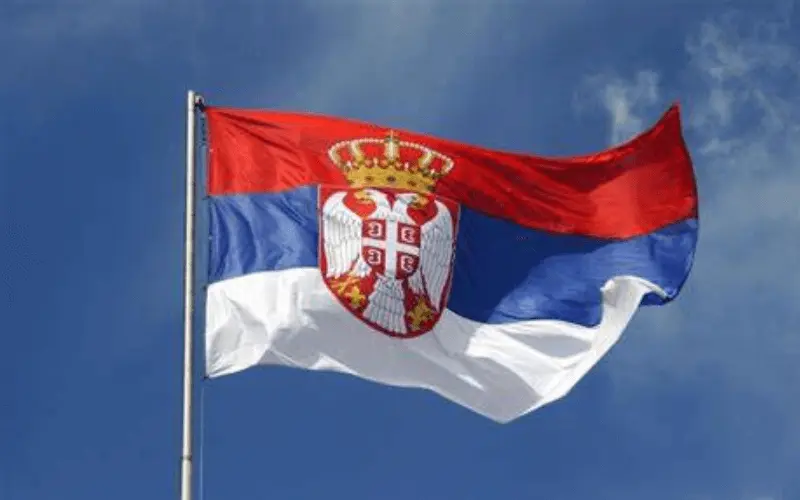
The Serbian flag features three horizontal stripes: red on the top, blue in the middle, and white on the bottom. The colors are symbolic: red represents bravery and sacrifice, blue signifies hope and freedom, white stands for peace and honesty. In the center, the coat of arms displays a red shield adorned with a white two-headed eagle, symbolizing Serbia’s history, national identity, and strength.
When National Day of Serbia is celebrated?
The dates of Serbia Statehood Day (Serbia National Day) are given below in the table:
| Year | Serbia Statehood Day |
|---|---|
| 2024 | Thu, February 15 – Fri, February 16 |
| 2025 | Sat, February 15 – Sun, February 16 |
| 2026 | Sun, February 15 – Mon, February 16 |
| 2027 | Mon, February 15 – Tue, February 16 |
| 2028 | Wed, February 15 – Thu, February 16 |
| 2029 | Thu, February 15 – Fri, February 16 |
| 2030 | Fri, February 15 – Sat, February 16 |
How Serbia Statehood Day is celebrated?

Some of the ways that Serbian people celebrate Serbia Statehood Day are:
Serbia Statehood Day, observed annually on February 15th, extends across two days, characterized by a rich array of events that pay homage to Serbia’s history and cultural heritage. Celebrations include visits to significant historical and cultural sites like the Church of Saint Sava, the National Museum, and the Kalemegdan Fortress.
Serbians Wear traditional costumes or accessories, such as the šajkača (a cap), the opanak (a shoe), or the kokarda (a badge).
Serbians Attend official ceremonies and parades, such as the one held at the Tomb of the Unknown Soldier in Belgrade.
Music forms an integral part of the celebrations, Singing or listening to national anthems and songs, such as “Bože pravde” (God of Justice) or “Marš na Drinu” (March on the Drina) resonating through the air.
Folk performances and dance displays further enliven the atmosphere, showcasing the vibrancy and diversity of Serbia’s cultural expressions.
Watching patriotic movies, documentaries, or shows, such as the ones broadcasted by Radio Television of Serbia.
During these jubilant days, Serbian households relish a spread of traditional dishes that hold symbolic value. Delectable specialties like sarma (cabbage rolls), ajvar (pepper-based condiment), and pita (pastry) find their way to tables, offering a taste of authentic Serbian cuisine.
Families and friends come together during Serbia Statehood Day, sharing meals and stories, and fostering a sense of unity and national pride. It’s a time for reflection, gratitude, and celebration, emphasizing the importance of preserving Serbian traditions and honoring the struggles that shaped the country’s identity.
Interesting facts about Serbia
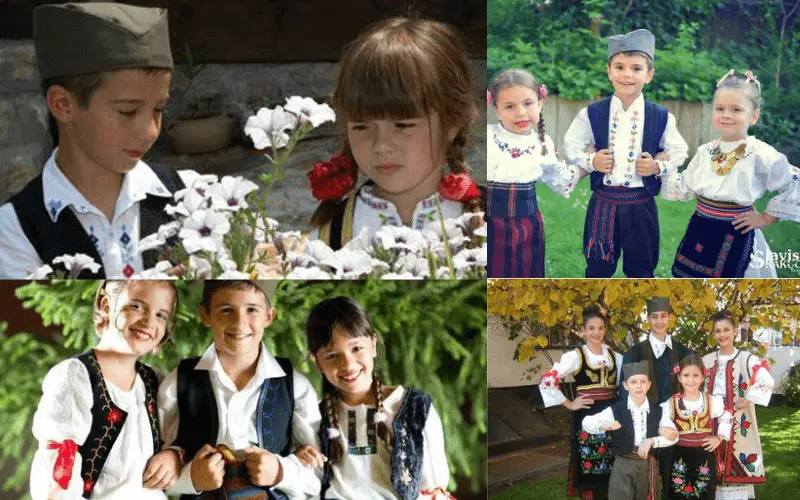
Conclusion
In conclusion, Sovereignty Day stands as a poignant reminder of Serbia’s historic stride towards independence, marked by the signing of the Sretenje Constitution in 1835. It signifies the nation’s resilience, carving its path toward self-governance and shaping its identity as a sovereign state.
Happy Serbia Statehood Day! Wishing you continued success and pride in your journey towards independence and self-determination.
Frequently Asked Questions
Why is Sovereignty Day significant for Serbia?
Sovereignty Day of Serbia is crucial as it marks the signing of the Sretenje Constitution in 1835. This event established Serbia as a sovereign state, breaking away from the Ottoman Empire’s rule. It symbolizes Serbia’s journey towards independence and self-governance, setting the foundation for its parliament and marking a definitive step in shaping its identity as a sovereign nation.
What are 15 and 16 February in Serbia?
In Serbia, February 15th and 16th mark the Serbia Statehood Day, commemorating the signing of the Sretenje Constitution in 1835. This significant celebration honors Serbia’s journey towards independence, sovereignty, and self-governance. It’s a time for remembrance, national pride, and various festivities held across the country, reflecting the historical importance of these dates in Serbia’s identity and history.
What is the meaning of Sretenje in English?
“Sretenje” translates to “The Meeting” or “The Presentation” in English. In Serbia, it specifically refers to the Feast of the Presentation of Jesus at the Temple, a Christian holiday celebrated on February 15th, which coincides with Statehood Day, a significant national holiday in Serbia.
Why is Serbia so important?
Serbia holds importance for its pivotal role as a major Balkan Entente Power during World War I. Its significant contributions were instrumental in securing the Allied victory in the Balkans by aiding France in compelling Bulgaria’s surrender in November 1918. This historical involvement underscores Serbia’s strategic position and its impact on regional dynamics, shaping the outcomes of significant global events.
When did Serbia gain independence?
Serbia officially gained independence on June 5, 2006. This marked the dissolution of the State Union of Serbia and Montenegro, following a referendum in Montenegro. With the successful outcome of the referendum, Serbia became an independent and sovereign state, solidifying its autonomy on the global stage.
Why Kosovo Declared independence from Serbia?
Kosovo declared independence from Serbia on February 17, 2008. The declaration came after years of complex historical, ethnic, and political tensions between the ethnic Albanian majority in Kosovo and the Serbian government. Kosovo sought independence due to aspirations for self-governance and autonomy, wanting to break away from Serbian control and pursue its path as a separate and sovereign nation.
Read other National Independence Day Guides by daysdiscuss

